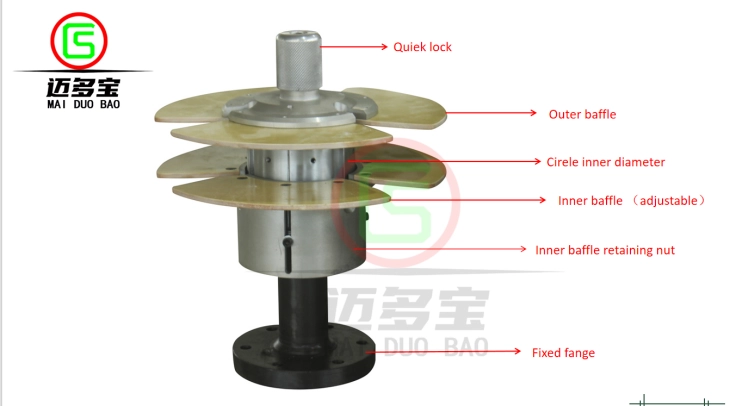In an age where surveillance technology is becoming increasingly sophisticated, the ability to detect if someone is watching you with night vision equipment is a crucial skill. Whether for personal security, privacy concerns, or professional settings, understanding the nuances of night vision technology and its detection methods can empower individuals to safeguard their environments. This article delves into the intricacies of night vision devices, the signs of their use, and practical strategies for detection.
Understanding Night Vision Technology
Night vision technology primarily operates through two mechanisms: image intensification and thermal imaging.
- Image Intensification: This method amplifies existing light, including infrared light, to create a visible image in low-light conditions. Devices using this technology often have a greenish hue due to the phosphor used in the image intensifier tubes.
- Thermal Imaging: Unlike image intensification, thermal imaging detects heat emitted by objects. This technology is not reliant on ambient light, making it effective in complete darkness. Thermal cameras display heat signatures, allowing users to see living beings and warm objects even in pitch-black environments.
Signs That Someone Might Be Watching You
Detecting the use of night vision equipment can be challenging, but there are several indicators that may suggest you are being observed:
- Unusual Reflections: Night vision devices often have lenses that can reflect light. If you notice unusual glints or reflections in the dark, it could indicate the presence of someone using night vision.
- Increased Noise: Many night vision devices, particularly older models, produce a faint clicking or buzzing sound. If you hear unfamiliar noises in a quiet environment, it may warrant further investigation.
- Heat Signatures: If you suspect thermal imaging is being used, consider using a thermal camera of your own to scan the area. You may be able to detect the heat signature of a person or device that is observing you.
- Behavioral Cues: Pay attention to the behavior of those around you. If someone seems overly interested in your movements or appears to be watching you from a distance, it could be a sign of surveillance.
Practical Strategies for Detection
To effectively determine if someone is using night vision technology to observe you, consider the following strategies:
- Use of Light: A simple yet effective method is to use a flashlight. When you shine a bright light in the direction of a suspected observer, the sudden illumination can disrupt their night vision, making it difficult for them to see. This tactic can also reveal any reflective surfaces associated with night vision devices.
- Infrared Detection: Some advanced devices can detect infrared light, which is often emitted by night vision equipment. Utilizing an infrared detector can help identify the presence of someone using these technologies.
- Environmental Awareness: Familiarize yourself with your surroundings. Knowing the layout of your environment can help you identify any unusual changes or disturbances that may indicate surveillance.
- Counter-Surveillance Techniques: If you suspect you are being watched, consider employing counter-surveillance techniques. This could include changing your routine, using decoys, or employing technology that disrupts surveillance efforts, such as signal jammers.
Conclusion
In a world where privacy is increasingly at risk, being vigilant about potential surveillance is essential. Understanding how night vision technology works and recognizing the signs of its use can help you protect yourself from unwanted observation. By employing practical detection strategies, you can enhance your personal security and maintain your privacy in an ever-watchful world.







